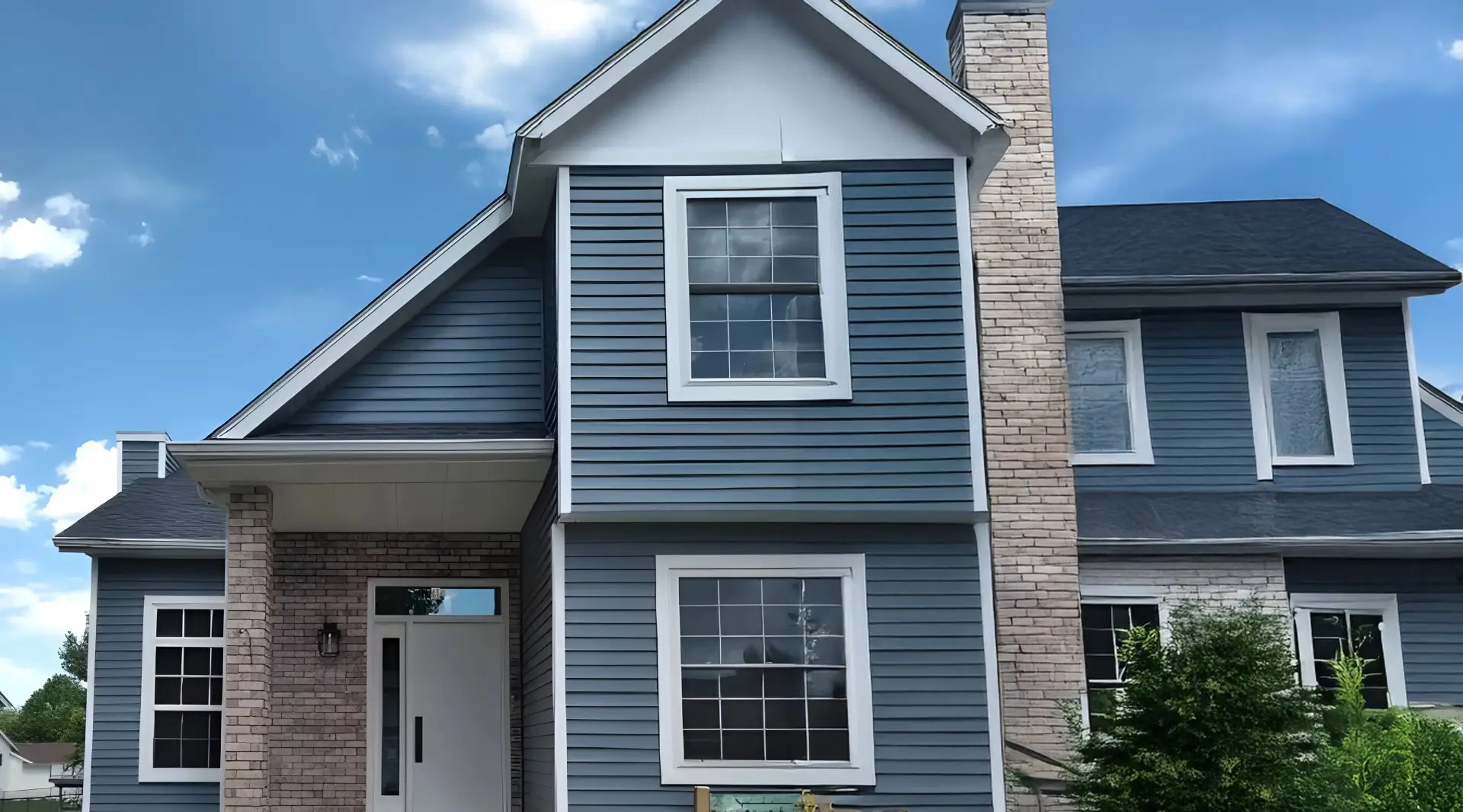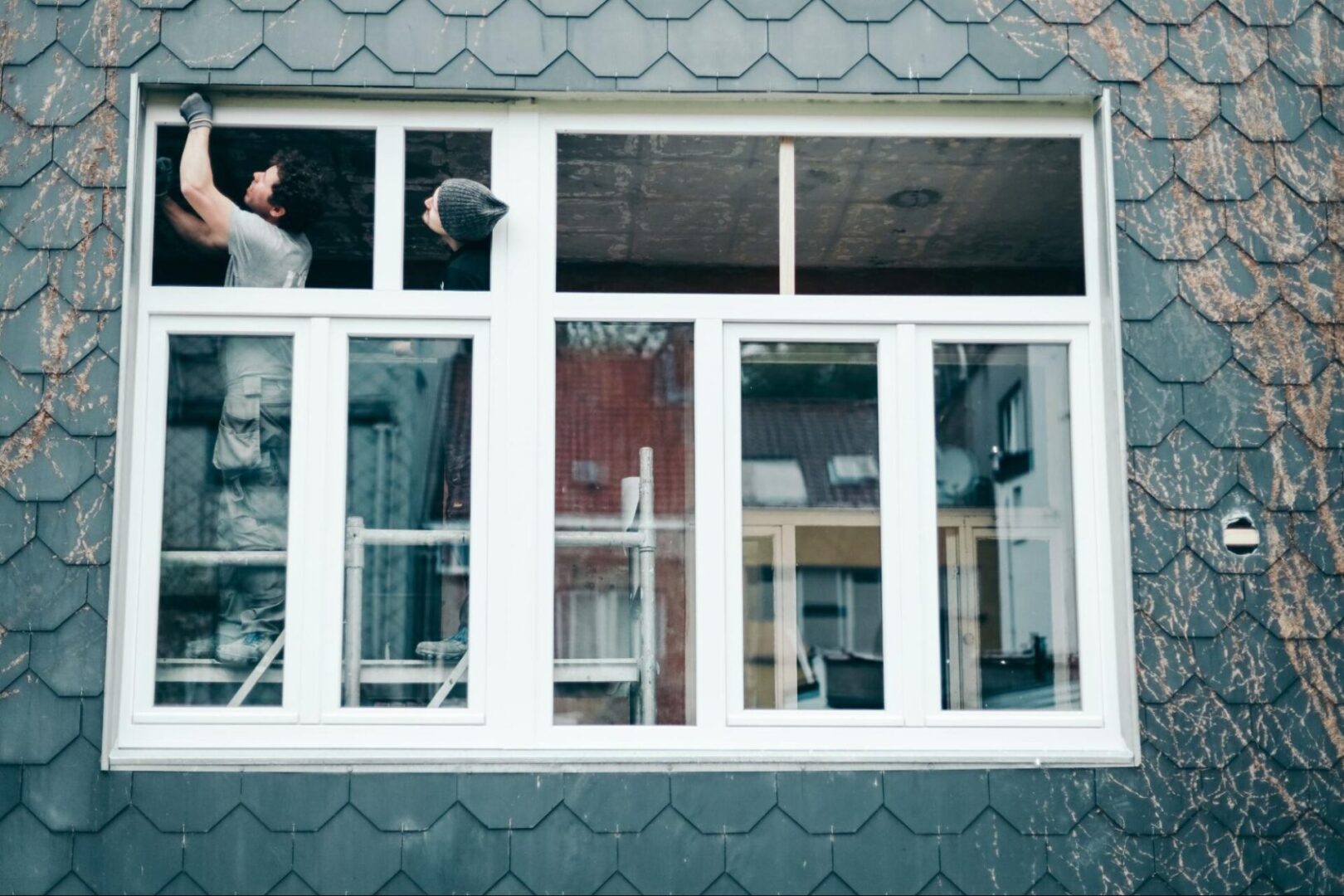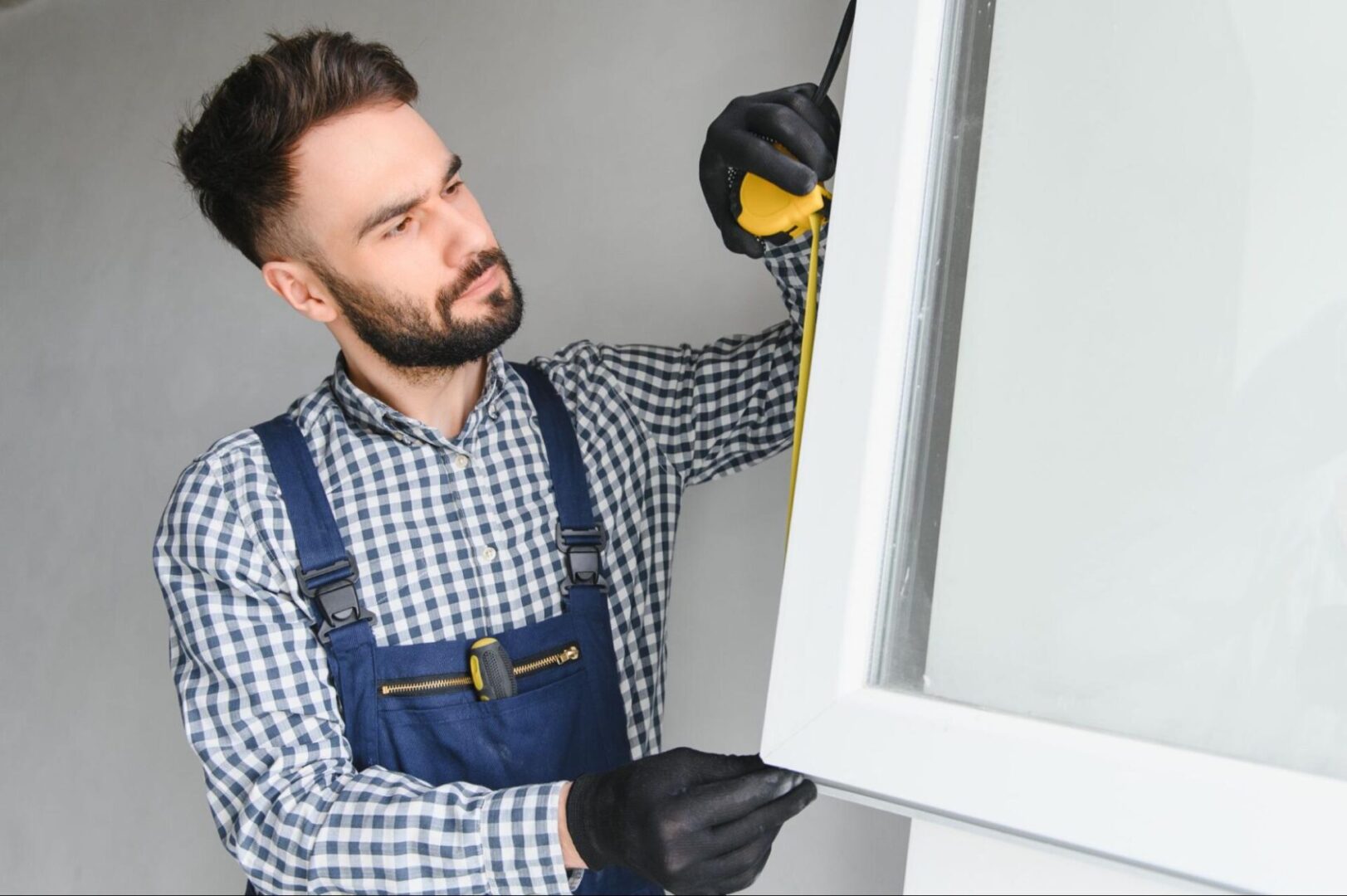
Replacing windows is more than a home improvement project—it’s an opportunity to boost energy efficiency, comfort, and curb appeal. However, for many homeowners, the question of cost can feel overwhelming. With so many factors influencing the final price, from materials to installation, it’s essential to have a clear understanding before committing. A well-planned window replacement fits your budget and adds long-term value to your home. Breaking down the costs and options can help you approach this investment confidently and clearly.
Factors Affecting the Cost of Replacing Windows
Replacing windows involves several cost variables that influence the overall price. Each factor plays a part, from the materials you choose to the size and style of your windows. Labor and window installation costs vary depending on location and project complexity. Knowing these factors helps you anticipate what to expect:
Window Material Options and Their Costs
The material of the window frame significantly affects its price. Vinyl is one of the most affordable options, costing between $200 and $800 per window. Wood, while more expensive, ranges from $600 to $1,200 and offers a classic aesthetic. Fiberglass frames cost about $500 to $1,500 per window, combining durability with energy efficiency. Aluminum frames are durable but less energy-efficient, costing between $300 and $1,000. Each material has pros and cons, so choosing one depends on your budget and priorities.
Size and Style of the Windows
The size and style of your windows are key cost determinants. Larger windows, like bay or bow windows, cost between $1,000 and $3,000. Single-hung or double-hung windows are more affordable, ranging from $200 to $850. Casement windows, which open outward, cost between $300 and $1,500. Specialty or custom-shaped windows add uniqueness but can cost over $2,000. Standard sizes and styles are more budget-friendly compared to unique designs.
Labor and Installation Costs
Labor costs depend on the complexity of the installation process. Simple replacements cost $100 to $300 per window, while custom installations may exceed $500. Geographic location also impacts pricing, with urban areas tending to be pricier. Additional factors like removing old windows and debris disposal may incur extra charges. Hiring experienced professionals ensures the job is done right, but it adds to the cost.
Regional Costs
Where you live plays a significant role in window replacement costs. Prices in urban areas are often higher due to labor and material availability. In rural locations, lower demand can result in reduced costs but limited contractor options. Regional climates also impact pricing, as some materials are better suited to specific weather conditions. Exploring the trends in your area provides a better understanding of local pricing.
Energy Efficiency
Energy-efficient windows are an increasingly popular choice among homeowners. While they have higher upfront costs, they reduce energy bills significantly over time. Double-pane or triple-pane windows with low-emissivity coatings improve insulation. These windows often qualify for rebates or tax credits, easing the financial burden. Balancing upfront expenses with long-term savings makes energy-efficient windows a wise investment.
The Average Cost of Replacing Windows in 2025
In 2025, the average cost of replacing windows ranges from $300 to $1,200 per window. Factors like material, size, and style influence the final price. Installation costs typically add $100 to $300 per window to the overall expense. Custom windows or specialized designs can significantly increase costs, exceeding $2,000 each. Knowing these averages helps you budget effectively for your window replacement project.
Budget-Friendly Tips for Replacing Windows
Replacing windows doesn’t have to drain your savings. Adopting cost-saving strategies can help you manage expenses while achieving quality results. From timing your project to choosing the right contractor, there are ways to cut costs without compromising your home’s value.
Timing Your Replacement Wisely
Planning your window replacement during the off-season can save money. Contractors are less busy in late fall or winter, leading to discounts. Promotions and sales events also make this an ideal time to replace windows. Scheduling projects in advance may secure better pricing. Timing your project helps reduce overall costs.
Considering DIY Window Replacement
DIY replacement can save you labor costs, but it’s not always practical. Installing windows requires specific tools and expertise for proper sealing and insulation. Installation mistakes may lead to future repair costs or energy inefficiencies. Professional installation ensures a seamless fit and reduces potential risks. Weighing the pros and cons of DIY versus hiring a pro helps you decide.
Finding the Right Contractor
Choosing the right contractor can affect cost and quality. Get quotes from multiple professionals to compare pricing and services. Look for certified installers with positive reviews and relevant experience. Some contractors offer package deals or discounts for larger projects. Thorough research ensures you get the best value for your investment.
The Role of Warranties in Replacing Windows Costs
Warranties play a crucial role in determining the total cost when replacing windows. They act as a safety net, protecting you from unexpected repair or replacement expenses due to defects or installation issues. The type of warranty you choose can significantly impact your upfront investment and long-term savings. A well-chosen warranty ensures your windows remain a worthwhile investment over the years.
Types of Warranties
There are two leading warranties to consider: manufacturer and labor warranties. Manufacturer warranties cover defects in materials, such as faulty glass, frames, or hardware. Labor warranties provided by the installer protect against issues caused by poor workmanship. Some manufacturers offer limited lifetime warranties, while others cover a set period, like ten or 20 years. Understanding these distinctions helps you make informed decisions.
Impact of Warranties
Warranties can influence both the initial and long-term costs of window replacement. Products with extensive warranties may cost more upfront but save you money on future repairs. For instance, a premium window with a lifetime warranty eliminates repair costs if issues arise. Conversely, windows with short or limited warranties may require costly fixes after the coverage ends. Factoring warranty coverage into your budget helps balance short-term and long-term expenses.
Key Features to Look for in Warranties
When evaluating warranties, focus on the duration, coverage scope, and exclusions. Look for warranties that include glass, frame, hardware, and installation-related defects. Transferable warranties add value if you sell your home, appealing to prospective buyers. Review the process for making claims, ensuring it’s straightforward and doesn’t involve hidden fees. Comprehensive warranties give you peace of mind and financial security.
Common Mistakes to Avoid With Warranties
Not all warranties provide the same level of protection, so it’s essential to avoid common mistakes. Some warranties exclude damage from weather, improper use, or lack of maintenance. Others require professional inspections or servicing to remain valid. Failing to register your warranty or misinterpreting its terms could leave you without coverage when needed. Carefully reading and understanding the warranty ensures you get the protection you paid for.

How Replacing Windows Costs Depend on Lifespan
The lifespan of windows plays a critical role in determining the overall cost of replacing them. Some materials last longer than others, influencing how often replacement is needed. Investing in long-lasting windows may have higher upfront costs but can save money in the long run.
Lifespan of Common Window Materials
Different materials have varying lifespans, which impact replacement frequency. Vinyl windows typically last 20 to 30 years and require minimal maintenance. Though more expensive, wood windows can last up to 50 years with proper care but need regular upkeep. Fiberglass windows offer durability and can last over 40 years, making them a solid investment. Aluminum windows are sturdy but may need replacement after 20 to 25 years due to wear. Understanding these differences helps you select materials that suit your budget and expectations.
How Climate Affects Window Longevity
Climate is another factor that influences window lifespan. In areas with extreme temperatures or humidity, certain materials may degrade faster. For example, wood windows can warp or rot in moist climates if not sealed regularly. Fiberglass and vinyl perform better in fluctuating conditions, maintaining their structure over time. Choosing materials suitable for your region can reduce maintenance needs and replacement frequency.
Balancing Initial Costs and Longevity
While windows with longer lifespans often cost more upfront, they offer better long-term value. For example, fiberglass windows may be pricier than vinyl but require fewer replacements, saving money over decades. Opting for cheaper materials may seem cost-effective initially but can lead to higher costs in the long run due to frequent replacements. Evaluating initial costs against expected longevity helps you make a wise financial decision.
Maintenance as a Factor in Longevity
Proper maintenance can extend the life of your windows and delay replacement costs. Regular cleaning, resealing, and damage inspection ensure windows remain functional for years. Neglecting maintenance may lead to faster wear and unexpected repair expenses. Factoring in maintenance needs when choosing materials helps maximize the lifespan of your windows and reduce costs.
Custom Features That Increase Replacing Windows Costs
Custom features can significantly enhance the appearance and functionality of your windows but often come at a higher cost. These features allow homeowners to tailor their windows to their preferences and unique architectural needs. Customizations can elevate your home’s aesthetic appeal from decorative glass to specialized hardware. Understanding the cost implications of custom features helps you decide which upgrades are worth the investment.
Decorative Glass and Grilles
Adding decorative options like frosted, stained, or textured glass can increase window replacement costs. These features typically add $50 to $500 per window, depending on complexity and design. Grilles, which divide window panes into sections, can also add a distinctive look for an additional $100 to $250 per window. While these features enhance your home’s aesthetic, they may not be necessary for all homeowners.
High-Performance Glass Options
Upgrading to high-performance glass, like triple-pane or low-emissivity coatings, can add $100 to $1,000 per window. These options improve insulation, reduce energy bills, and provide better UV protection. While they increase upfront costs, the long-term energy savings often offset the expense. Energy-efficient glass is ideal for homeowners, as it prioritizes functionality and sustainability.
Specialty Shapes and Sizes
Custom-shaped windows, such as arched, round, or triangular designs, are often more expensive than standard rectangles. These specialty shapes require additional labor and materials, ranging from $800 to $3,000 per window. Larger or non-standard sizes can also drive up replacement costs. Homeowners seeking unique architectural elements may find these features worth the extra investment.
Premium Hardware and Finishes
Upgrading to premium hardware, like brass, nickel, or custom-colored handles, adds elegance to your windows. Depending on the materials and design, these enhancements can cost $50 to $300 per window. Similarly, custom frame finishes, such as painted or wood-grain effects, increase aesthetic appeal and cost. These upgrades are ideal for creating a cohesive look that matches your home’s interior and exterior design.

Manage the Cost of Replacing Windows Effectively
Replacing windows is more than a financial decision—it’s an investment in your home’s comfort, efficiency, and value. Every choice, from the materials to the installation, shapes the long-term benefits you’ll enjoy. By planning wisely and exploring your options, you can make decisions that align with your budget and vision. Don’t let uncertainty hold you back; take the first step by consulting professionals or researching the best solutions for your needs. Your home deserves windows that enhance its beauty and performance.
Discover the secrets to smart window replacements! Head to our Minnesota’s 1st Choice Replacement Windows & Doors blog for advice you can trust.

